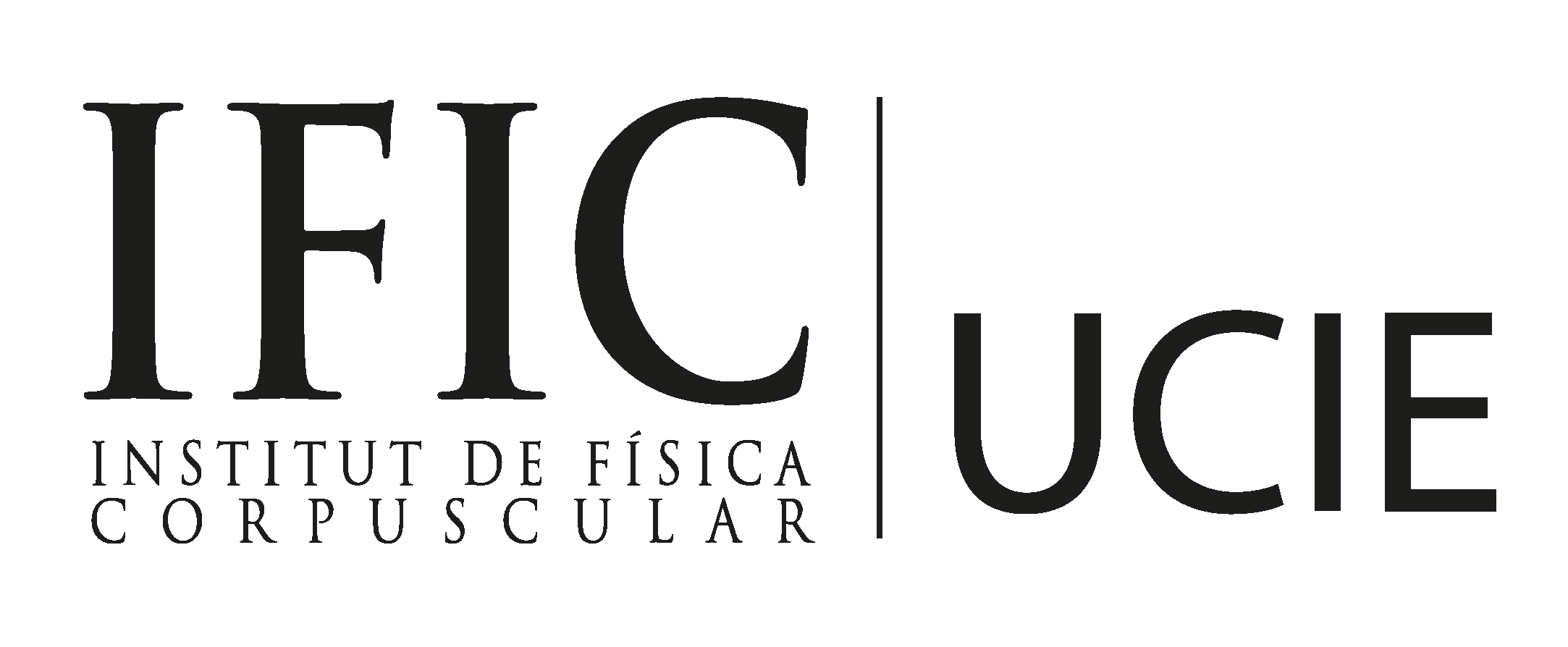Infrastructure
High-Gradient (HG) Radio Frequency (RF) laboratory
The High-Gradient (HG) Radio Frequency (RF) laboratory allows to study and characterize the radiofrequency cavities, one of the basic elements of particle accelerators. Its performance, mainly the 3 GHz oscillation frequency and 400 Hz of signal repetition rate makes this installation the only one of its kind in Spain.
This instalation is designed to opérate with cavities working in the S-band, a specific área in the in the microwave region of the electromagnetic spectrum. In this band, the majority of radio frequency cavities in medical and industrial accelerators can be expected to work, also in some standars of wireless communication systems and satellites. This cavities, by design and manufacture, allow to generate strong electromagnetic fields (of High-Gradient), which obtain a capacity to accelerate particles more than 100 MV/m. Operation in this conditions will enable to achieve more compact and less expensive linear accelerators, which is essential to develop facilities for new anti-cancer treatments such as hadrontherapy.
Specifically, radiofrecuency cavities tested in this IFIC laboratory reach a energy range of 70-230 MeV for protons and 100-400 MeV for electrons. This feature enables develop new cancer therapies through heavy particles, which are depositing most of the energy in the tumor, so there is less damage to the surrounding healthy tissue. Other aplications are the acelerators tecnologyes development for futures acelerators as CLIC or International Linear Collider (ILC), with X-rays like XFEL, also in telecommunications.
The laboratory works as part of a small-scale particle accelerator. The signal is generated by two klystron-type devices that amplify the 3 GHz radio frequency signal. These devices are powered by modulators with solid-state technology capable of producing very intense electrical pulses of 150 KV and 100 A that last microseconds.
A control system developed by IFIC combines the two signals and sends them synchronized to the radio frequency cavity with a frequency of up to 400 times per second. Rectangular waveguides are used to send the signals into the cavity. Inside the cavity, ultra-high vacuum conditions as low as those of the lunar atmosphere (10-10 millibars) are reached. The laboratory can operate for weeks or months continuously, both to conduct studies and to condition the cavities, preparing them for later use.
The precision of this unique system makes it possible to measure when the signal is introduced into the cavity accurately and, if a phenomenon called RF breakdown occurs (small sparks inside the cavities due to the alteration of the material due to intense electromagnetic fields), it is also able to detect it quickly and to locate the place inside the cavity where the failure occurred. Therefore, it allows to study the phenomena of breakdown or RF breakdown, which constitutes one of the main problems when designing and build this type of cavities to reduce the size and cost of the accelerators.
Equipment
- 2 RF amplifier equipment each one with 1 klystron powered by 1 modulator; Frec: 3 GHz, Max P: 15 MW, Max. Pulses: 400 Hz
- Ultra high vacuum (UHV) system consisting of a turbomolecular pumping group, 6 ion bombs + NEG pumps, and 6 vacuum probes capable of reaching UHV conditions (10-9 mbar)
- Vacuum leak detection system by Helium detector
From the UCIE we are at your fully service through our contact form for any additional information about this infrastructure contact form.

